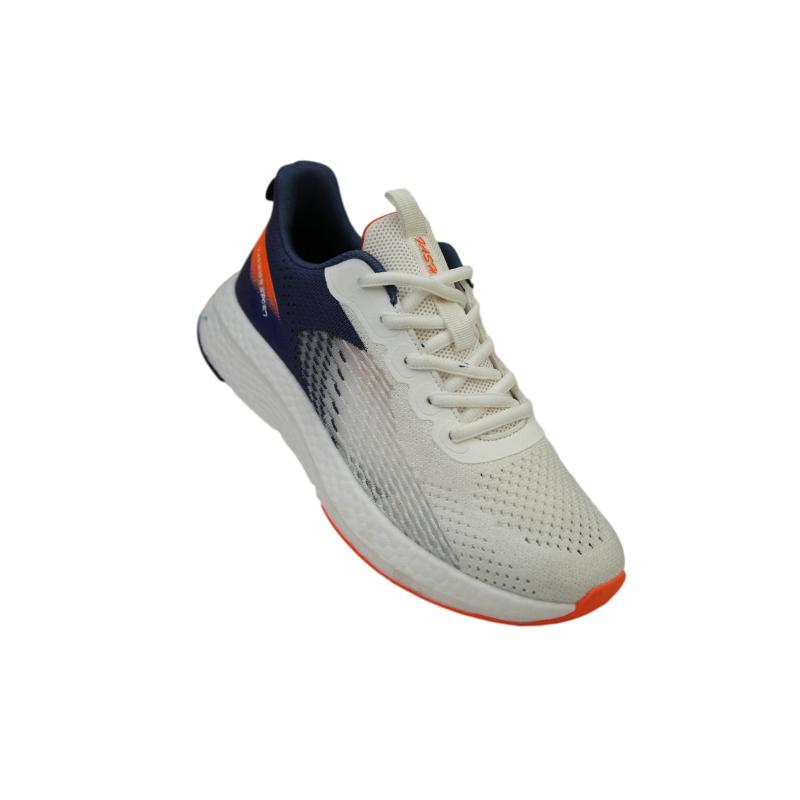In conclusion, green fishing boots, drying wading boots, and knee-high wading boots offer essential features for anglers seeking reliable and comfortable footwear for fishing activities. Whether wading in water, navigating through diverse fishing environments, or seeking quick-drying options, these footwear choices provide the necessary support, protection, and comfort for a successful fishing adventure.










